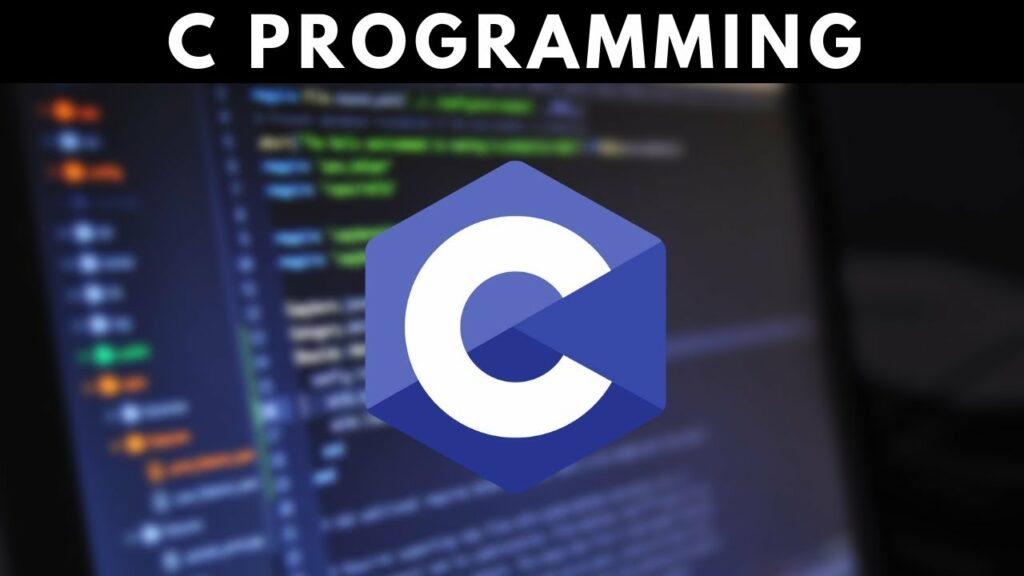
Free eBooks for Beginners
The basic syntax of C programming is the foundation of the language, and it’s important to have a good understanding of it in order to write effective programs. In this tutorial, we’ll go over the key elements of the C programming syntax, including data types, variables, operators, control structures, and functions.
First, let’s talk about data types. Data types define the type of data that a variable can hold, such as integers, characters, or floating-point numbers. Some of the most common data types in C are int, char, and float. For example, to declare an integer variable, you would write:
int x;Next, let’s talk about variables. Variables are used to store data in a C program, and they are defined with a data type and a unique name. For example, to declare an integer variable called “age,” you would write:
int age;Variables can be initialized with a value at the time of declaration, like this:
int age = 30;Operators are used to perform operations on variables and values in C. There are several types of operators in C, including arithmetic, comparison, and logical operators. For example, the following code uses the + operator to add two integers:
int x = 10;
int y = 20;
int z = x + y;Control structures are used to control the flow of execution in a C program. The most common control structures are if statements, loops, and switch statements. For example, the following code uses an if statement to determine whether a number is positive or negative:
int x = 10;
if (x > 0) {
printf("x is positive");
}Functions are blocks of code that perform a specific task, and they can be reused in multiple parts of a program. Functions in C have a return type and a list of parameters, and they are defined using the following syntax:
int add(int x, int y) {
int z = x + y;
return z;
}In summary, the basic syntax of C programming includes data types, variables, operators, control structures, and functions. By understanding these key elements, you’ll be well on your way to writing effective C programs.
C Programming for Beginners – Chapter 04 : Basic syntax of C
 Loading...
Loading...
Disclaimer: The information and code presented within this recipe/tutorial is only for educational and coaching purposes for beginners and developers. Anyone can practice and apply the recipe/tutorial presented here, but the reader is taking full responsibility for his/her actions. The author (content curator) of this recipe (code / program) has made every effort to ensure the accuracy of the information was correct at time of publication. The author (content curator) does not assume and hereby disclaims any liability to any party for any loss, damage, or disruption caused by errors or omissions, whether such errors or omissions result from accident, negligence, or any other cause. The information presented here could also be found in public knowledge domains.